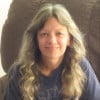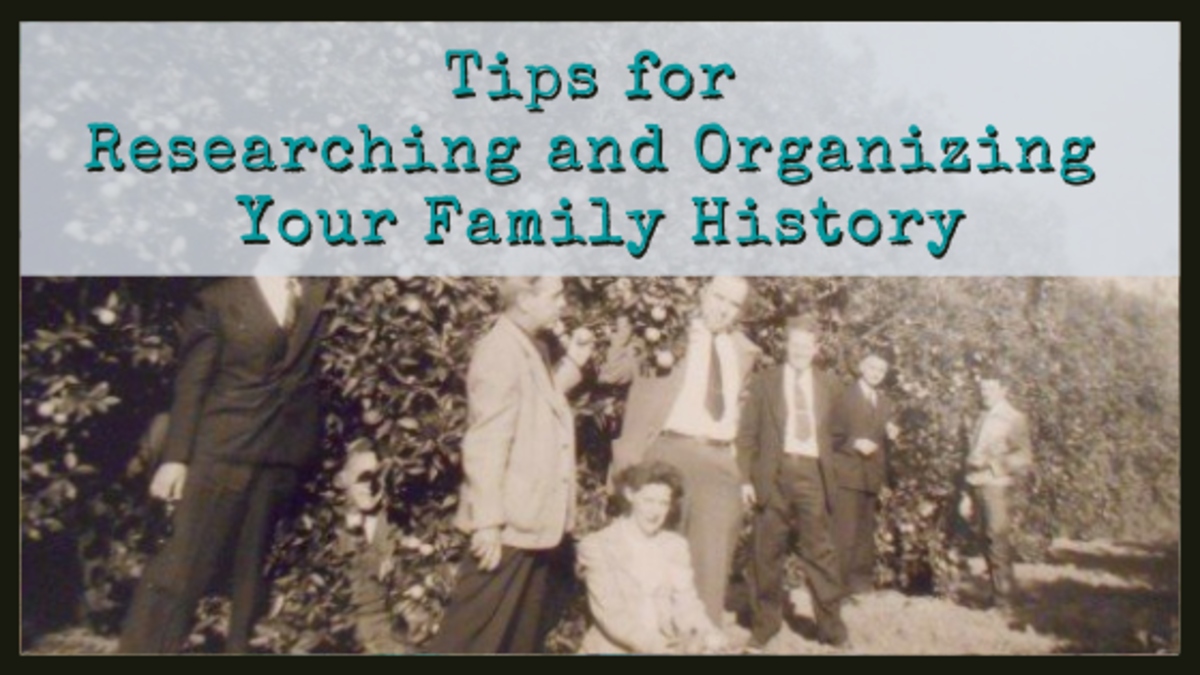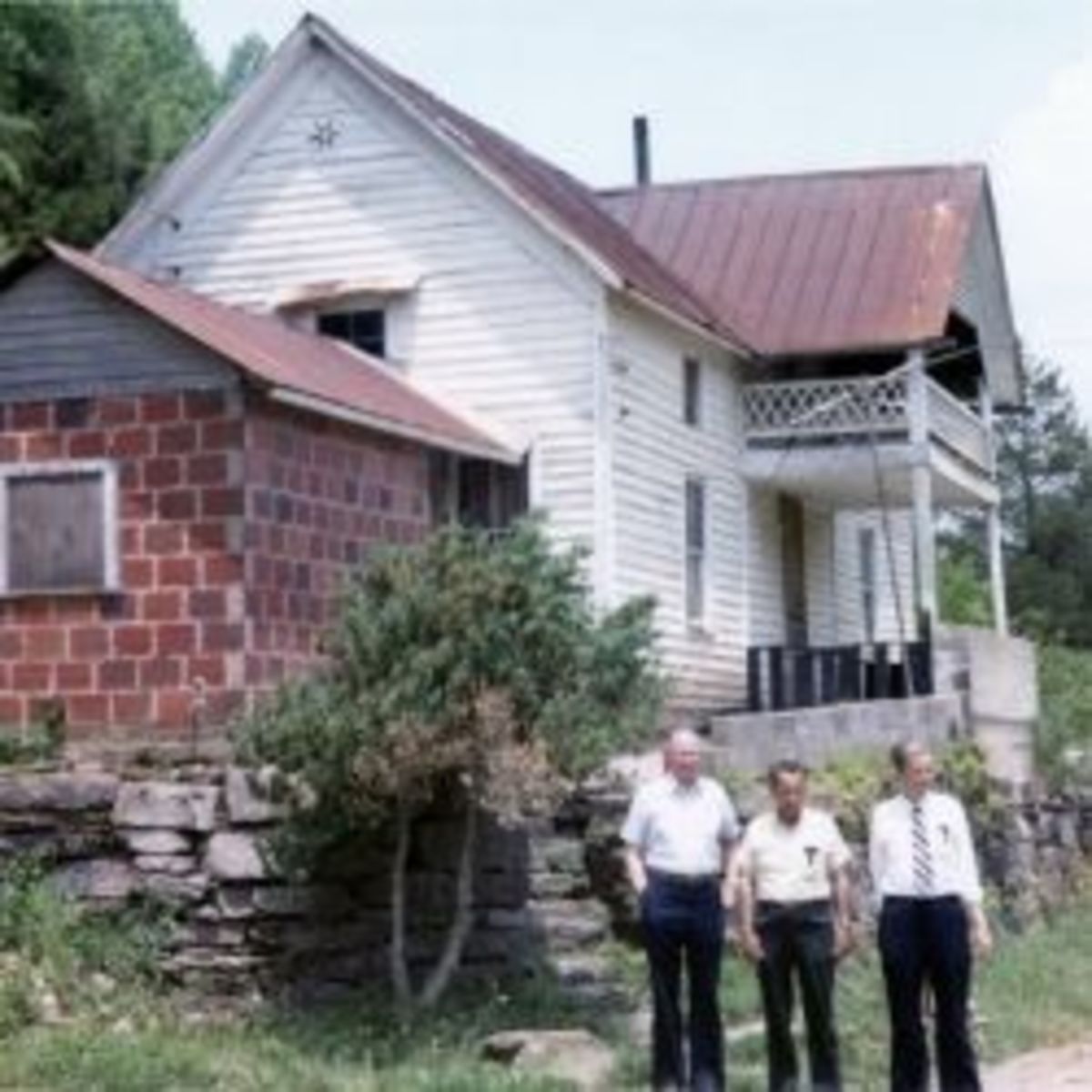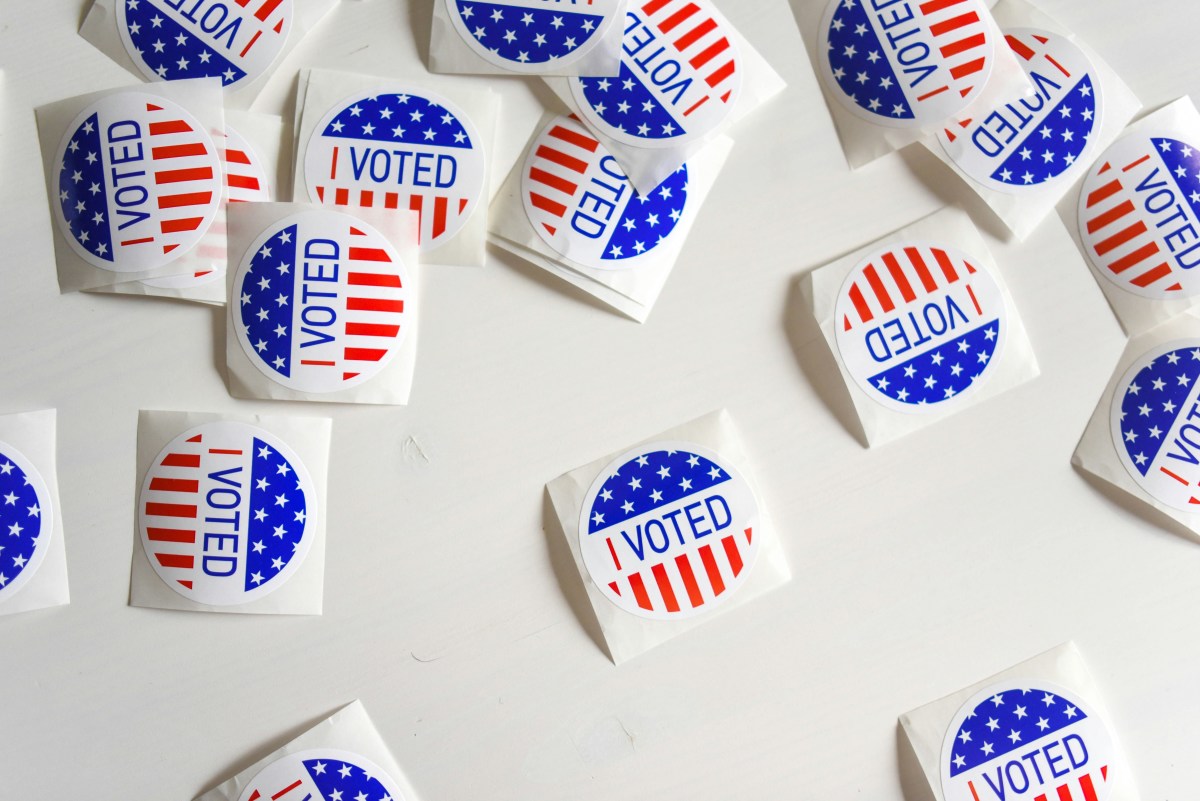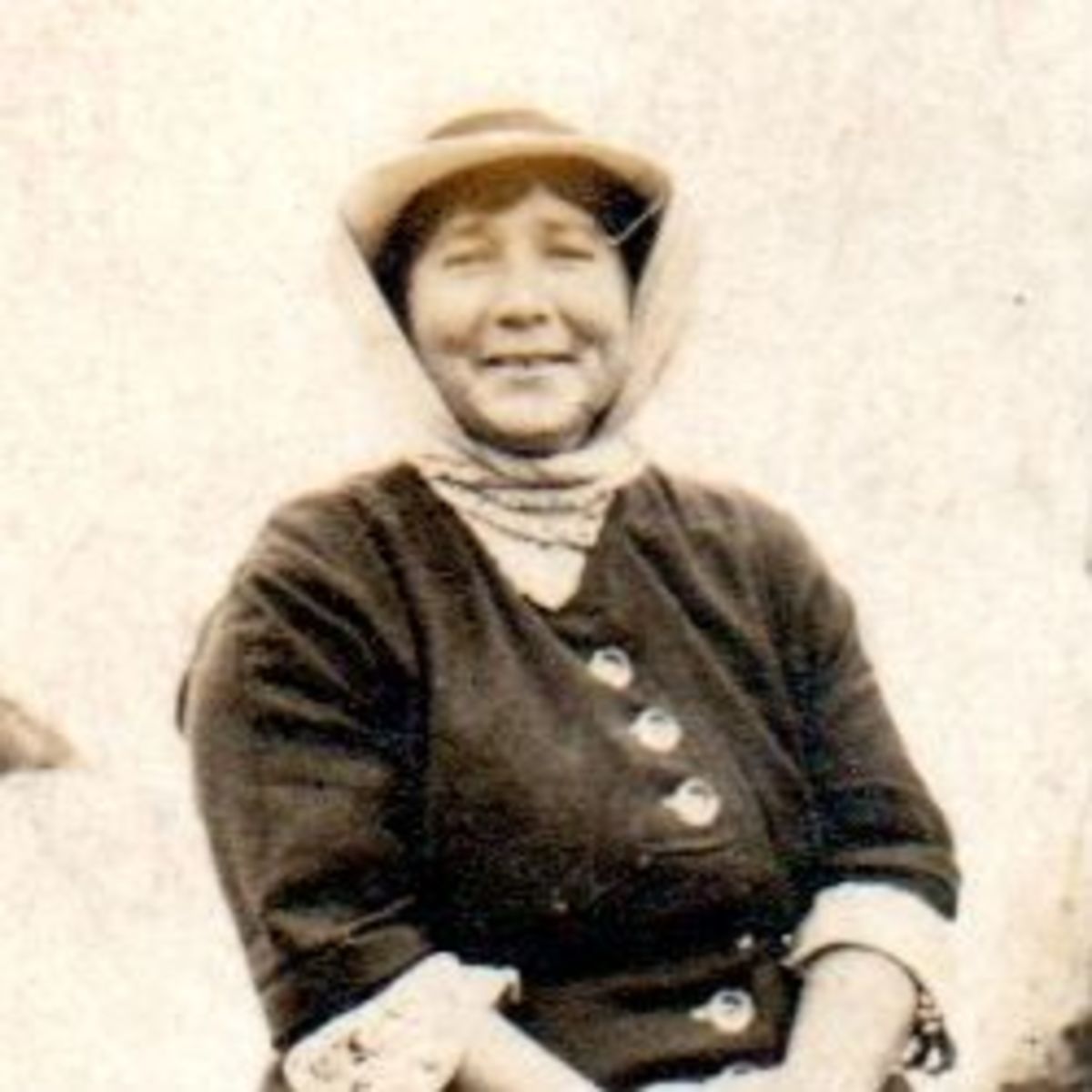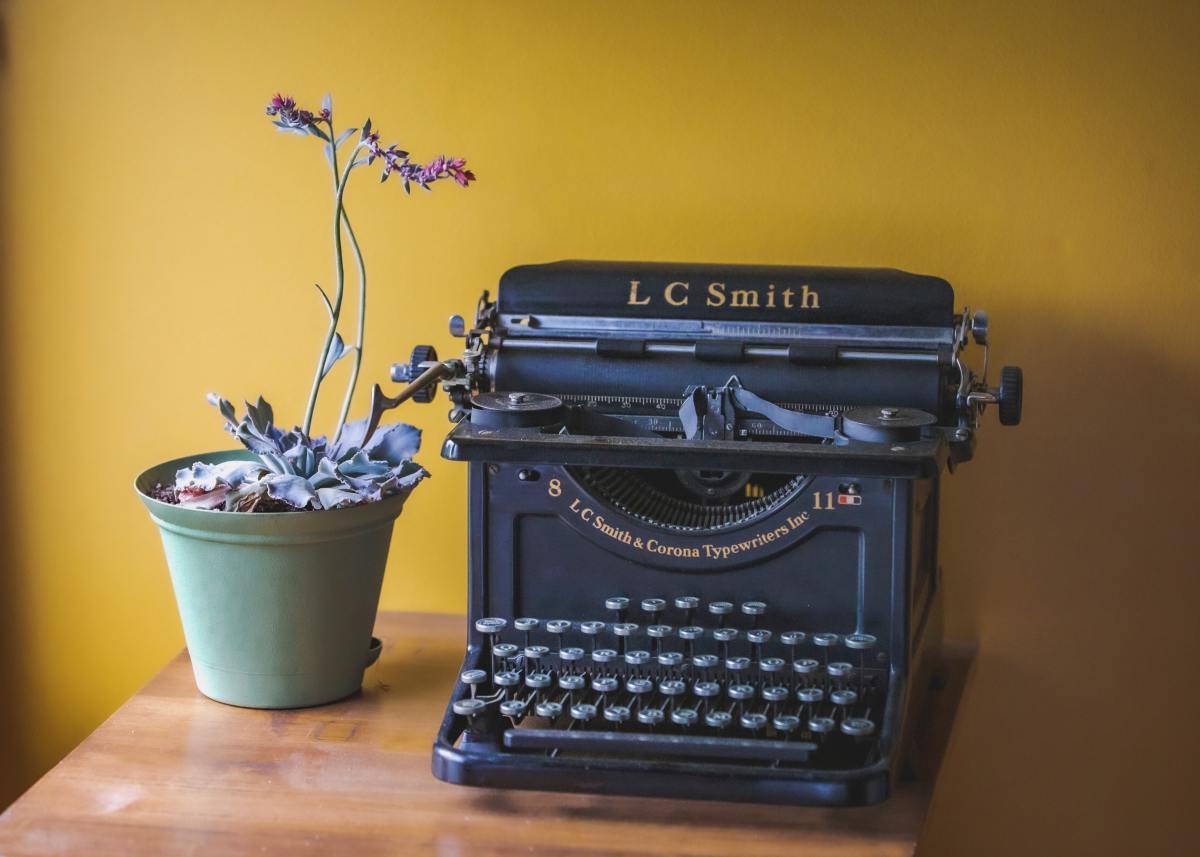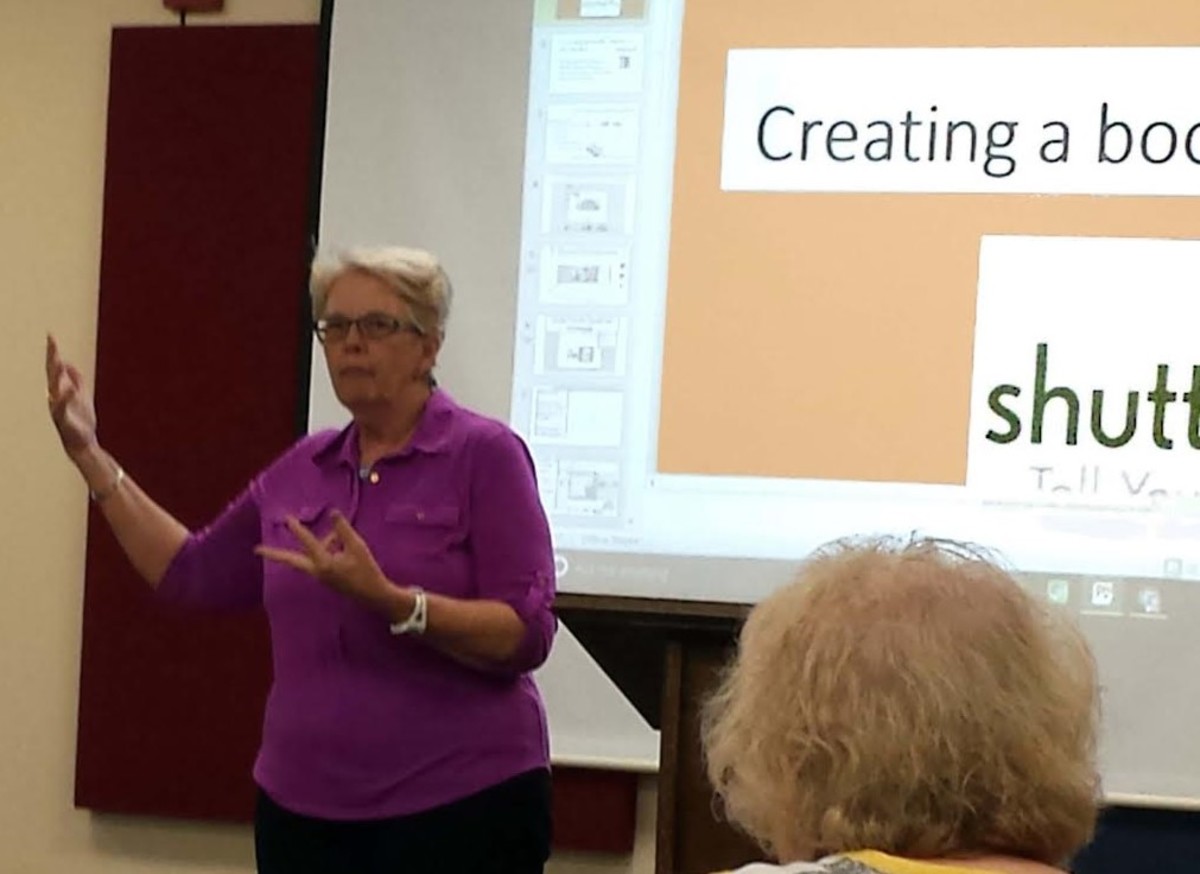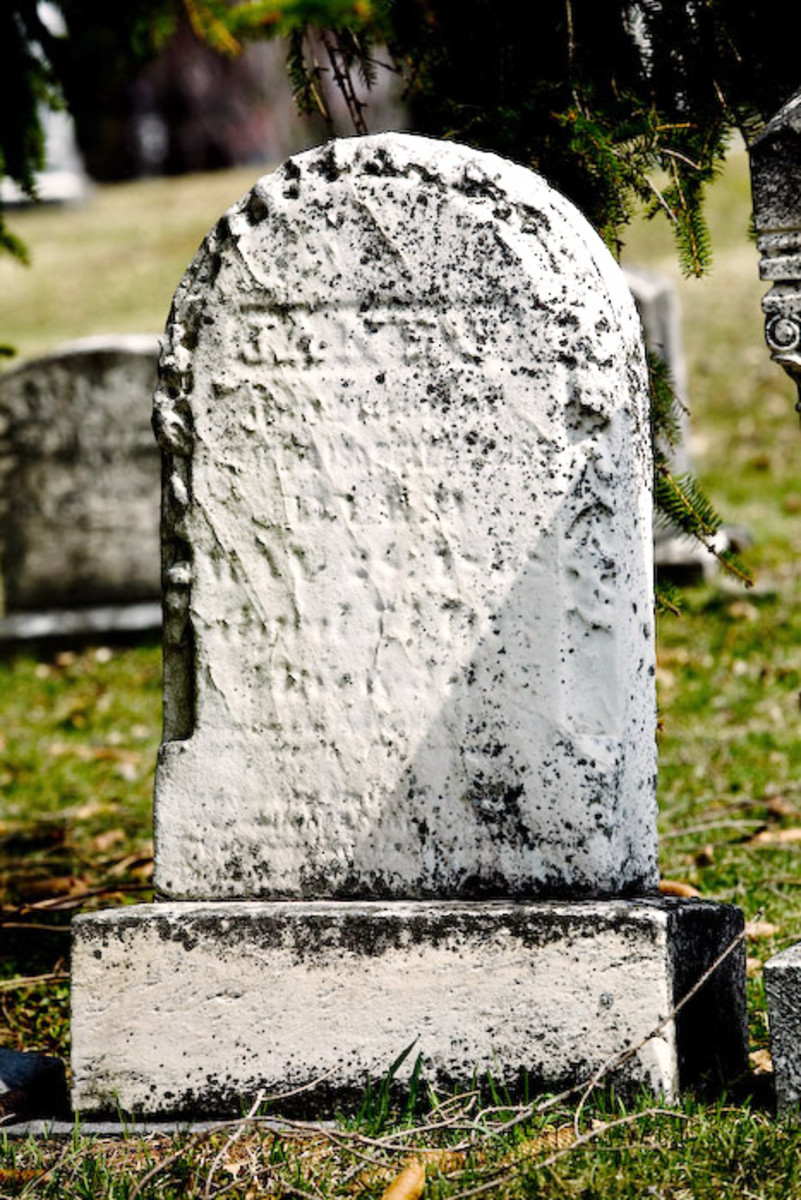Did Your Female Ancestors Vote?
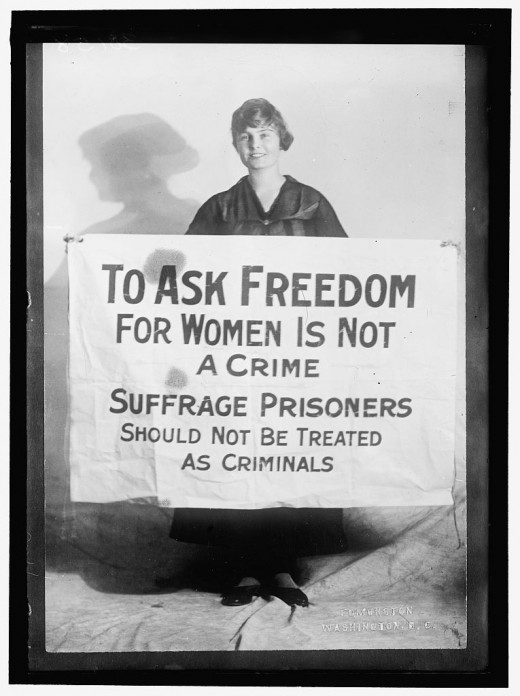
Finding Females in Voter Registration Records
I have always taken voting very seriously. I could not wait to register when I turned 18. It makes me wonder about my female ancestors.
When they earned the right to vote were they eager to cast their first ballot too?
Did they join the suffrage movement and work toward getting the right to vote?
Did they participate in elections?
Did they buy into the myths that women weren't smart enough to vote?
I'll show you how I used the California Voter Registration Records to find out more about my female relatives and their interest in voting.
How would they feel about voting for the for or against the first woman presidential candidate in 2016?
[This photo is part of the Library of Congress collection.]
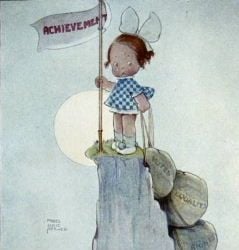
A Brief History
Getting the Right to Vote in the US
1848 is when the women's suffrage movement in the United States took off. That was when the Liberty Party added women's suffrage to it's party platform. That same year Elizabeth Cady Stanton became active in the movement.
In 1850, the first National Women's Right Convention was held in Massachusetts. Women were becoming more active in national issues, but found themselves shut out of the process. The convention gave them a place to air their views. The right to vote was the primary issue of the convention. The convention pushed Lucy Stone to the forefront of the movement. Stone's writings are what inspired Susan B. Anthony to join the struggle in 1852.
Over the next 70 years women would protest, march, get mocked, and get arrested. They were met with violence and cries to return to the kitchen. Still, they fought on.
Jeannette Rankin was the first female elected to Congress in the United States. She represented the state of Montana. In 1918, she introduced legislation that created the women's suffrage amendment. President Wilson threw his support behind the bill. On May 21, 1919, the House of Representatives passed the bill. The Senate followed on June 4th of the same year.
By 1920, thirty-five states had signed on. August 18, 1920, Tennessee became the thirty-sixth and final state to ratify the amendment. On August 26, the amendment was certified. It is none as the Nineteenth Amendment to the US Constitution.
The amendment that was ratified states "The right of citizens of the United States to vote shall not be denied or abridged by the United States or by any State on account of sex. Congress shall have power to enforce this article by appropriate legislation".
Some Things You Might Not Have Known
- The Wyoming Territory granted women the right to vote in1869.
- The Utah Territory gave women the right to vote in 1869. But, Congress passed the Edmunds-Tucker Act in 1883, which took away that right.
- California voters gave women the right to vote in 1911.
- The US President signed a woman's right to vote into law in 1920.
- Mississippi didn't ratify the amendment until 1984.
Finding Voter Registration Records
Voter registration records are available to the public for research. You will have to research to see if the locality you are interested in is available.
A couple of places to start looking for voter registration records are the county recorders office, your local public library, a college or university library, and your local LDS Family History Center.
The LDS Family History Library (of which your local center is a branch library) has several titles listed in it's catalog. They can be found under this subject: state, local area - voting registers. For example, you will find the St. Tammany Parish, Alabama registers under the subject heading: Alabama - St. Tammany - Voting Registers. You can search the LDS library catalog online.
Some voter registration records are available online, though they are few and far between. The subscription website ancestry.com has some voter registration lists under the category: Census & Voter Lists.
Searching "voter registration records" in Google pulled up some records as well. Doing the search "voter registration" + "alameda county" gave me several search results. One listings shows that the voting registers from 1875-1925 are held at the California State University, East Bay.
What Will You Learn From Voter Registration Books?
Although you will probably not find out anything earth shattering from voter registration records, it may be the only record you find pertaining to your female ancestor that she filled out herself. Early records tend to only have a name and party affiliation. As the records get more current, the address of the registrant is included. Later entries show the occupation of the person. Formatting of information varies by locality.
Some registry books are confusing. A large city like San Francisco has one book for each year. A less populated locality like Monterrey County may have one book that covers several years. You might find what looks like duplicate entries for your ancestor. In reality, you are seeing the same person's registration for different years.
The Night of Terror
There really was a Night of Terror in 1917. If you think the battle to gain suffrage was painless, you need to see this video. Rocio Cabrera retells what happened on 15 November 1917, at Occuquan Prison in Virginia and the brutality she experienced. I would guess that this was not an anomaly, but standard treatment of protesters.
Sometimes it is when those who opposes us show their worst side that change happens. The terrible treatment of the women prisoners may have helped turn the tide. Suffrage was gained soon after this event in the United States.
It still took until 1920 for this vote to be finalized.
Research Tip
When searching computerized voter records, try searching by address if you can't find your ancestor by name. Typing errors run rampant in the registers.
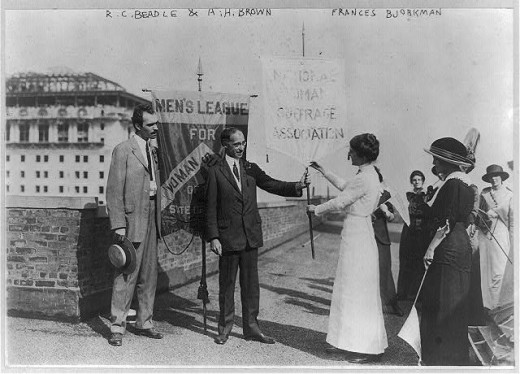
Women Who Dared
You know, it wasn't easy for women to join the fight for the right to vote. Consider that this was an era where showing ones ankles would have been deemed unseemly. This is the same era where many didn't believe their daughters should be education and a woman's place was barefoot and in the kitchen. Even in more modern homes, a woman's place was not out in the world unless she was going to place her calling card somewhere or was invited to a community function. Women was not accepted in the political arena.
It took a lot of courage for Susan B. Anthony to raise her voice. These early pioneers faced ridicule and arrest for their efforts.
Even later when such celebrities as Trixie Friganza joined the movement, it still was not easy. Lending ones voice to the movement carried the risk of public and private censure. Friganza was a well known stage and vaudeville performer. Her stature could help and hinder a cause. Personally, she may have risked her ability to pursue her career by coming out for voting rights.
Not all the women who joined the fight were well known or notorious. Most were housewives from good homes who felt they deserved the same rights under the constitution as men. If it was difficult for women who had wealth and celebrity status, think of how difficult it must have been for our grandmothers and great grandmothers who felt the need to join this cause.
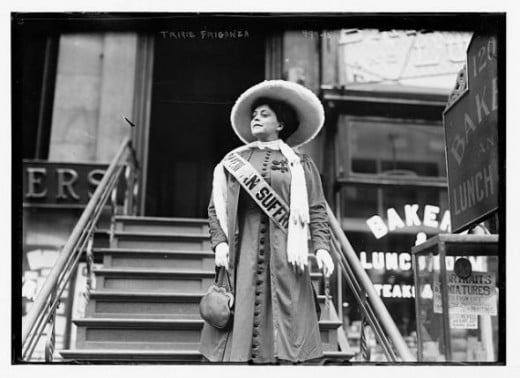
Some Examples From My Own Research...
Now for the examples. I'll show you my female relative who registered in California the first year it was possible. Then, I'll show you how mother and daughter leaned in different directions. Last, I leave you with the question of how my great grandmother registered to vote when she was on her deathbed despite the fact that she was most definitely not a U.S. Citizen.
--Mary Meincke Registers in 1912
She may be the first female in my family to vote
Mary Ann (Kelly) Meincke was my Great Great Grandmother's sister. She was born in 1859 in San Francisco, CA and she spent her entire life there. Mary Ann and her husband, Frederick Meincke, ran a boarding house and saloon on Mission Road and Silver Avenue called the Five Mile House. She was widowed in 1900.
Mary Ann appears to be the first female in my family to exercise her right to vote. She registered in 1912, one year after gaining the right in the State of California. This is a copy of the Index to the Register: City and County of San Francisco (5 Oct 1912). Mary is listed on line 20.
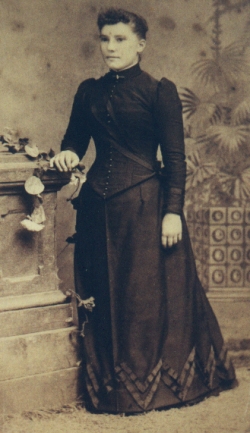
--Brigitte (Breilh) Mazeres Waited to Vote
Brigitte (Breilh) Mazeres was my Great Great Grandmother. Brigitte was born in 1871 in Castet, France. She came to America in the early 1890s.
I think Brigitte must have been a strong individual. She lost two children before they reached their 3rd birthdays. She and her husbanad, Charles Mazeres, moved from San Francisco to Modesto and then to Oakland before 1906. The family weathered the 1906 San Francisco earthquake and fire.
When Charles died on Christmas Day in 1926, Brigitte was 56 years old. An age that was elderly enough to move in with her daughter and be taken care of. But she didn't. She lived alone and ran the laundry by herself. She made it through the Depression as well. She died in 1959 at the age of 87.
Brigitte first appears in the registers in 1924, two years after her daughter, Anna. She is listed as a Republican until 1932, when she switches to Independent. In 1936, she is a Democrat.
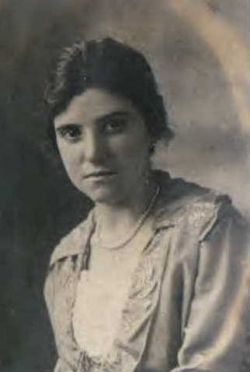
--My Grandma Showed an Independent Streak
My Grandma, Anna (Mazeres) Lassalle, was a quiet woman who never spoke ill of anyone (at least in my presence!) I always thought of her as an old fashioned woman who wasn't interested in politics.
Anna first appeared in the California Voter Registers in 1920, unmarried and 22 years old--a couple years ahead of her Mother, Brigitte (Breilh) Mazeres. She is registered as a Republican. And, a surprise to me, she lists her occupation as dressmaker. I almost missed the entry because her surname was spelled wrong. A keyword search by address pulled up the entry.
My Grandma does not appear to have been influenced by my Grandpa when it came to party affiliation. In 1922, she had no party affiliation. My Grandfather was a Republican. In 1926, she was a Democrat and he a Republican. In 1928 and 1930, they were both Republicans. But, in 1932 and 1934 my Grandfather became a Democrat, but my Grandma stayed a Republican. In 1938, most likely due to the success of FDR's New Deal rather than my Grandfather's authority, my Grandma switched to the Democratic party. They both stayed Democrats for many years.
Here's the entry for my Grandma in the 1920 Voter Registration Supplement - Oakland, Precinct No. 180, line 41:
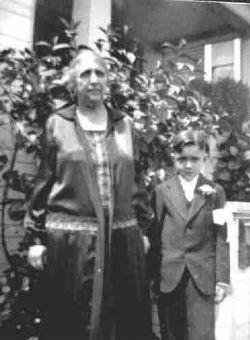
--How the Heck did My Great Grandmother Register to Vote?
There is always one mystery in the bunch. In 1936, I found an entry for my Great Grandmother, Maria (de Braga) Smith. What is interesting about Maria being listed in the registration books? For one, she wasn't a US citizen. She was in the U.S. illegally. Second, Maria was very ill by 1935. She would have been on her deathbed by the time the registration was filled out.
The register shows Mrs. Maria P. Smith at 2235 E. 25th Street, Oakland. Looking down the list you'll see her daughter, Mrs. Mary Souza, and Mary's husband, Tony A. Souza.
That leaves me with a problem. If Maria did register to vote, who allowed her to since she was had no legal status? If Maria didn't fill out the registration, then who did in her name? I'll never know the answer to those questions unless someone wrote a confession in their diary.
Did Wives Follow Their Husband's Voting Habits?
Old movies and books portray early women voters as too silly to understand the concept of voting. They are often portrayed as empty headed people who needed a man to tell them how to vote.
What was the reality? I'm not sure. One would have to undertake an extensive survey to figure out how women voted. From the anecdotal information from my own family tree, I'd say women were pretty darn independent. I found many wives registered with a different party than their husbands.
I sometimes wonder if what one says out loud and what one does behind the privacy of the curtain surrounding the voting booth may be two different things. Women may have outwardly feigned naivete about the political process and issues, but they were probably quite savvy--and secretive--about how they voted.
It would be interesting to pursue this line of thought. I bet we'd find women far more independent and opinionated about issues than those old films would lead us to believe.

Were any of your female relatives suffragettes?
I have yet to find any information on my female relatives that shows they were active in the suffrage movement. But, I have been pretty pleased to find that my female ancestors were exercised their right to vote almost immediately after earning the right. It's something I've never taken lightly. I've voted in every election since I turned 18. When I mark my ballot, I think of those before me who didn't have the right
How about you? Are there any female suffragettes in your family tree? Did your grandmother or great great aunt join the struggle?
Further Reading: Explore the Suffrage Movement
- Susan B. Anthony's Petition to Congress, Page 1
This petition was sent to Congress in December of 1871. - Susan B. Anthony's Petition to Congress, Page 2
Second page of the petition to Congress. - Resolution Proposing an Amendment to the Constition
This proposal was made in 1868. - National American Woman Suffrage Association Collection, 1848-1921
Text and images about the suffrage movement. - Women's Rights National Park
Information on the Women's Rights National Park. - Joint resolution proposing an amendment to the Constition
This resolution passed the House and the Senate in 1916.
© 2011 Melody Lassalle
